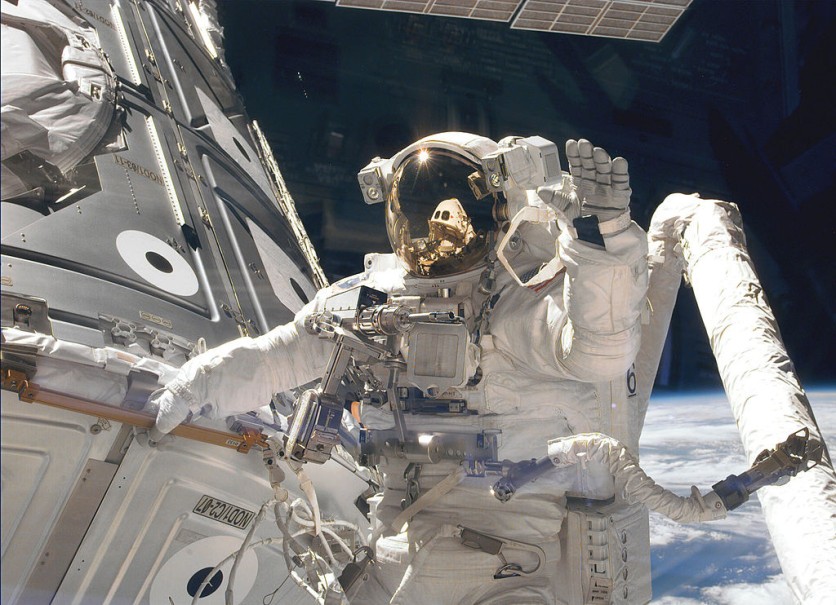Space exploration has long been a human fascination. The mere thought of visiting other planets sparks excitement in our minds.
But, as we consider the possibilities of life beyond Earth, we are faced with a choice: travel to another solar system that could take tens of thousands of years or embark on a mission to Mars.
The crimson planet presents a myriad of benefits, such as its close proximity to Earth which eradicates the need for spacewalk shoving matches when the spacecraft reaches capacity. Moreover, it provides the perfect opportunity for a vanguard team to establish crucial infrastructure.
And, if a new study from the European Space Agency in Germany is anything to go by, the most efficient way to do it would be with an all-female crew.

All-Female Crew for Future Space Missions?
The research found that female astronauts have lower water requirements, total energy expenditure, oxygen consumption, carbon dioxide production, and metabolic heat production in space exploration missions than their male counterparts.
The study employed a method developed to gauge the impact of body "size" on life support necessities in male astronauts. The findings showed that for all variables across all statures, estimates for female astronauts were lower than those for comparable males.
When factoring in the confined quarters, limited resources, and life support systems in a spacecraft on an extended mission, the female physique is the most efficient body type for space exploration. This revelation could have a substantial influence on the future of space travel.
Applying NASA's cost of delivering payloads to the International Space Station (ISS), which amounts to $93,400 per kilogram, to a 1080-day mission, a four-person all-female crew would require 1695 kg less food weight.
This could lead to a massive cost-saving of more than $158 million and create an additional 2.3 cubic meters of space. To put it into perspective, this extra space is equivalent to approximately 4% of the livable area in a "Gateway" HALO module, which is part of NASA's proposed lunar orbit space station.
Read Also : Virgin Galactic's VSS Unity is Back, Another Test with Humans Soon Before Commercial Flight Offers
More "Space" for Women
But there is more. On the ISS, astronauts have just enough space to stand and work closely together when needed.
Despite the proposed NASA Gateway craft having tighter spaces, which could create a less comfortable environment for multiple crew members to work in, an all-female crew could help alleviate this issue, especially when several astronauts need to work in the same confined space.
The study findings, along with the trend towards smaller living spaces in proposed mission modules, suggest that there are potential operational advantages to using all-female crews in upcoming space exploration missions. The benefits are especially pronounced in shorter females.
The study titled, "Effects of body size and countermeasure exercise on estimates of life support resources during all-female crewed exploration missions," was published in the journal Scientific Reports.
Related Article : NASA Will Land On The Moon For The First Time in 50 Years l Here's Everything You Need To Know About Artemis 1

ⓒ 2025 TECHTIMES.com All rights reserved. Do not reproduce without permission.




